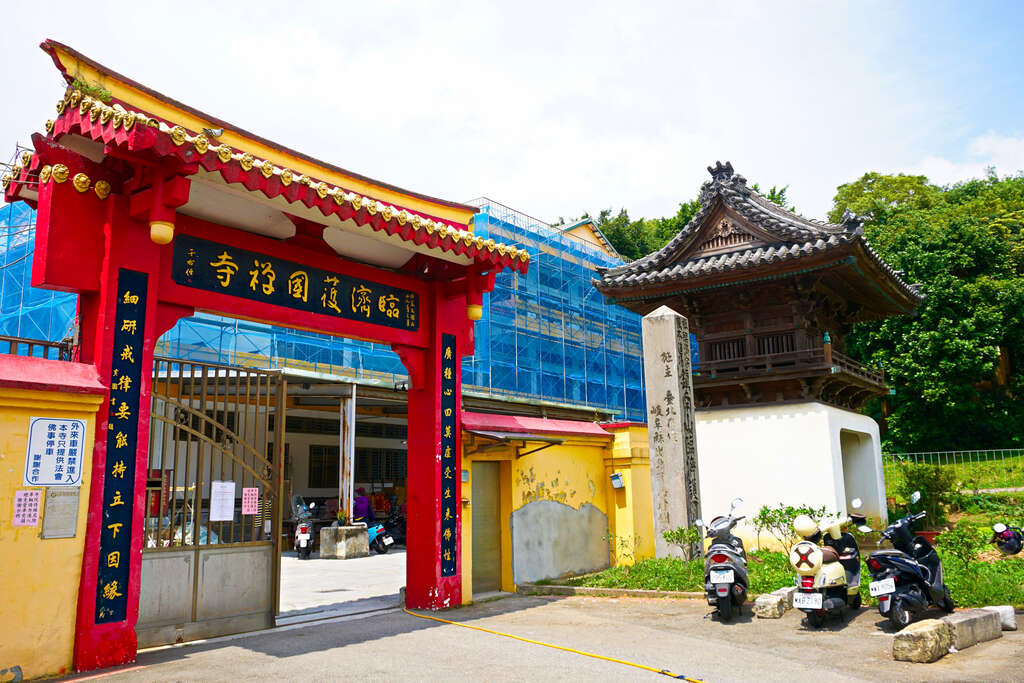Linji Huguo Zen Temple Introduction
Linji Huguo Zen Temple is an extension of the Huguo Temple of the Linji School located in Nanshan during the Japanese colonial period. Its mountain gate and Main Hall are typical architectural styles of Japanese Edo period temples. Linji Huguo Zen Temple was founded in 1900 and completed in 1911, built by the Japanese monk An Genxiu who was invited by the fourth governor-general of Taiwan, Kodama Gentarō, to come to Taiwan for missionary work. The Linji School is a sect of Buddhism distinct from the Soto School. The temple is nestled by the mountains and rivers, with the nearby Keelung River winding through. It occupies a spacious area with a grand layout, originally including the mountain gate, Dharma Hall, Main Hall, and the affiliated Abbot's Hall. The Main Hall is still well-preserved and is entirely made of wooden structure with a hipped roof and overhanging eaves. The mountain gate architecture belongs to the style of the Japanese Edo period. Additionally, the large grinding stone in front of the temple and the ancestral tomb of the founder behind the temple, as well as the stone-carved Buddha statues, hold historical and cultural value. Due to its historical, cultural, and artistic significance, Linji Huguo Zen Temple was designated as a municipal historical site in 1998 under the Cultural Heritage Preservation Act. (Source: Taipei City Government Department of Cultural Affairs)




















